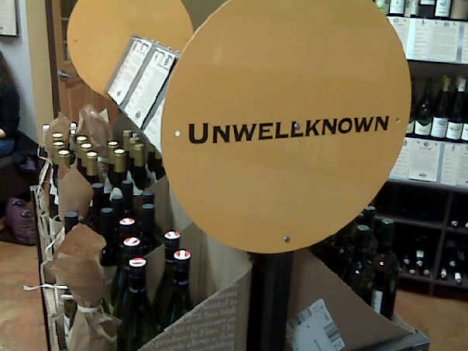Originally published on Conversations & Connections, my SAS social media blog
For a while we were thinking of this job as Digital Media Manager, but a Google search for that phrase gets a lot more hits for software packages that help manage your digital media than it does for people who manage Web 2.0 activities. I suggested changing the title to Social Media Manager, fully aware that a” the term may become hopelessly hackneyed and/or quaint in six to 18 months and 2″ that there are many people who believe you can’t manage social media. "Social media strategist" would have also been a perfectly good title, although with the trails I need to blaze, I didn’t feel like creating a whole new taxonomy for our HR department as well.
So in this blog’s spirit of looking behind the curtain, I present my job description.
Social Media Manager
Job Description
The SAS Social Media Manager is both internally- and externally-focused on developing & executing SAS’ social media strategy and advocating for the external community. Externally, he or she identifies influential opportunities, engages regularly with SAS’ audiences online and may be called upon to speak publicly as a thought-leader on SAS’ social media strategy. This person anticipates the evolution of social media. Internally the Social Media Manager sets the tone, philosophy and strategy “including budget” for Web 2.0, gains appropriate buy-in, then communicates relentlessly. He or she monitors Web 2.0 activities across departments and geographies, guiding participants on integration and best practices while encouraging successful participation. The Social Media Manager is obsessively focused on how results connect to corporate objectives, and is given the tools to measure those results.
Scope Geographic: Global
Internal/external: 50% internally focused/ 50% externally focused
Breadth of channels: Actively advises on, monitors and coordinates SAS’ activities on prioritized Web 2.0 channels, with responsibility for exploring & researching relevance of new channels.
Authority
Given ultimate authority to define SAS’ strategy & approach, including spend, for digital media channels that fall within the scope. Decisions that require budget will be appropriately coordinated with field marketing efforts.
Skills
Demonstrated experience with Web 2.0 channels & great affinity for learning new technologies.
Strong relationship building skills, including negotiation & executive interaction, ability to coach others
Project management
Ability to develop a business vision for social media, including goals & results
Leadership/decision-making: is skilled at articulating to executives and internal teams the importance of social applications and is able to make calm recommendations during crises. Is able to exercise good judgment with quick response time.
Flexible communication skills: Strong editorial writer. Is able to present needs and plans and communicate internally, has a distinct, personable voice for external engagement. Can manage negative situations toward positive outcomes.
Public speaking skills: This person will be the face of SAS Social Media Strategy, and will be called upon to speak to professional groups
Experienced manager: is able to manage budget and a team, if this function grows
Has foresight and vision: identifies Social Computing trends and is able to separate tools from fads
Tools required for success
Social networking analysis tools: To monitor/track results of digital media engagement.
Current mobile device”s”: To test mobile Web 2.0 applications, monitor flow & delivery of mobile traffic
Responsibilities
· Coordinate online media outreach and viral campaigns to promote SAS messages that increase awareness and/or drive traffic to the SAS site.
· Identify key/targeted bloggers by industry and solution area.
· Establish and cultivate positive relationships with key/targeted bloggers, and/or identify SAS marketers and PR managers who should be monitoring and influencing these relationships.
· Develop and manage pages on popular consumer social networking websites such as Linkedin, Facebook, YouTube, Second Life, MySpace, etc. as well as popular technology sites intended to increase brand awareness and drive traffic to the site.
· Develop and publish internal strategies for social media projects and technologies.
· Coordinate social media activities by actively engaging in consumer and industry conferences, blogs, video sharing, online chats, wikis, etc., to promote SAS messaging and increase brand awareness resulting in driving brand traffic to the site.
· Engage in regular participation within the customer community, including the review of user blogs, wikis and communities such as sascommunity.org.
· Recruit, develop and coach new bloggers and blog editors.
· Manage the day-to-day blogger activities; proactively identifying and developing blog posts, recruiting bloggers and assigning blog ideas to others.
· Track and monitor the success of online initiatives “i.e. impressions, reach and influence”, and provide reports for directors and execs.
· Identify and report on digital/social media trends to PR and marketing leaders.
· Educate staff on the implementation and use of new technologies.
· Promote and evangelize social media activities internally.
